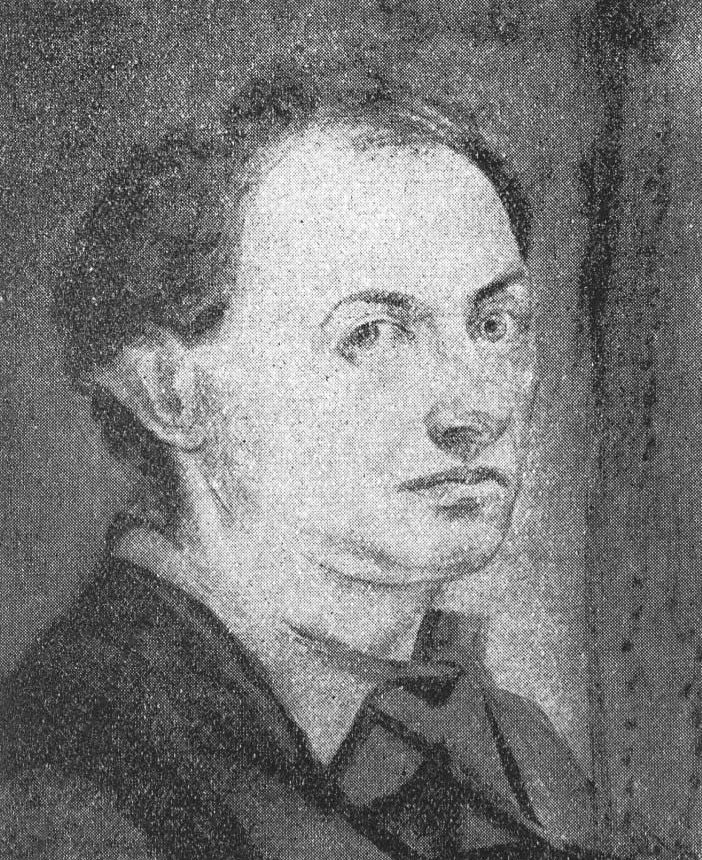Moïse KISLING
Январь 2, 2019Meyer-Miron KODKINE
Январь 2, 2019Карл КЛЯЙН
НИМБУРК (ЧЕХИЯ) 1898 – ДЕПОРТИРОВАН В 1943 Г.
Карл Кляйн был сыном адвоката. Семья отправила его изучать скульптуру в Академию изящных искусств в Прагу. Через некоторое время после своего приезда Кляйн решил сменить специализацию и начал занимать- ся живописью. Он прожил шесть лет в Берлине. В 1926 году женился и переехал в Париж. Любил классическую живопись, часто посещал Лувр и восхи- щался произведениями Николя Пуссена. Кляйн был известен своими портретами, он часто писал других художников и интересовался гравюрой.
В 1941 году он укрылся в свободной зоне. Вернулся в Париж и был отправлен тюрьму в Питивье. Из-за состояния здоровья его с женой и двумя детьми отпу- стили в регион Перигё. Семья поселилась на ферме и возделывала землю, но позже его сын был арестован. Карл Кляйн решил добраться до Италии через Верхнюю Савойю. 13 октября 1943 года он был депорти- рован из Флоренции. Большая часть его картин исчезла.
Stories of Jewish Artists of the School of Paris 1905-1939
FRENCH-ENGLISH
Capitale des arts, le Paris des années 1905-1939 attire les artistes du monde entier. De cette période de foisonnement, un terme est resté, celui d'Ecole de Paris, qui recouvre une grande diversité d'expression artistique. Dans ce brassage dont Montparnasse est le creuset, un groupe se distingue : celui des artistes juifs venus de Russie, de Pologne et d'Europe centrale. Si leurs styles sont variés, un destin commun les rassemble : ils fuient l'antisémitisme de leur pays d'origine. Certains ont connu la célébrité dès les années 1920, tels Soutine, Lipchitz ou Chagall. D'autres n'ont pas eu le temps ou la chance d'y accéder. Près de la moitié a péri dans les camps de concentration nazis.
From 1905 to 1939, Paris attracted artists from all over the globe as the capital of the art world. This period of artistic proliferation became known as the School of Paris, and includes a great diversity of artistic expression. Within the teeming art world centred on Montparnasse, one group set itself apart: Jewish artists from Russia, Poland, and Central Europe. Although their styles were diverse, they shared the common fate of fleeing anti-Semitic persecutions in their home countries. Some became famous in the 1920s, such as Soutine, Lipchitz, and Chagall, while others did not have the time or the luck to gain renown. Nearly half of these artists died in Nazi concentration camps.





